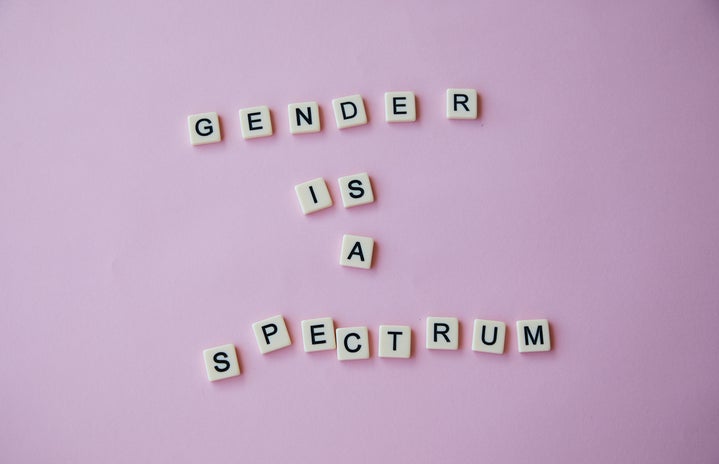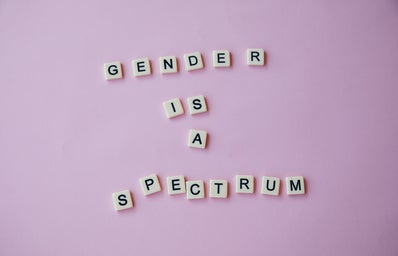I was excited when I first spotted a “genderless” clothing tab on Old Navy’s website. However, that excitement was immediately eclipsed by disappointment when all I saw was sweats, sweats, and more sweats. As I searched other sites, I found the same patterns. Major stores like PacSun, Girlfriend Collective, Kohl’s, and Victoria’s Secret now carry “Gender-Neutral,” “Unisex,” “Gender Free” or “For Everyone” sections that are a small collection of mainly loose-fitted, body-hiding clothes.
I am writing with the understanding that sex, based on anatomy, is separate from gender, the social constructions that play into expectations for behavior and physical presentation. Femininity, Masculinity, and Androgyny can be expressed in larger or lesser amounts within one individual. Clothes have been historically tied to gender, so most people now use clothing to express their gender identity. In the past few years, the boundaries of style have been pushed and played increasingly with regard to gender performance, and I am here for it! Vogue wrote an insightful article on how clothes have been gendered, and how they can be used to break away from the gender binary. The queer and non-binary side of Tiktok is certainly a catalyst for this collective play of gender through style. We’re now at a point where we’re waiting on stores to catch up with the wants of their consumers.
When I see a “genderless” clothing section with only sweats, I feel that all other clothing that is form-fitted or conventionally gendered is being labeled even more so. Are we saying that non-binary people can’t wear dresses or suits, or any other clothing that isn’t boxy? Moreover, Kohl’s has their gender-neutral clothing on a very small tab under “Diversity, Inclusion, & Belonging” and under the filter selection when searching. Having the gender-neutral clothing so hard to find is not inclusive. We can do better.
What am I asking for? How about building dresses for wide shoulders and boxy frames or making pants with large pockets and room in the legs while maintaining fitted hips and leaving room for curves? Or making flare jeans with more area in the crotch. Carry binders in any underwear section. Make men’s-style dress shoes in smaller sizes. Design dresses with sharks and button-downs with unicorns for children.
Clothing certainly takes into account the build of a person, which is why stores have historically separated their clothing by genders. It’s assumed that women and men need different fitted clothes. However, we see adaptation within gendered sections that can be expanded. For example, womens’ pants often have curvy, tall, and petite sizes. These are objective descriptions that take into account the body, but not the gender of a person. Perhaps we can start describing all clothes this way.
Most of these stores with gender-neutral sections still have Women’s and Men’s sections that are significantly more organized and varied. Rather than furthering the gender revolution, these gender-neutral sections just highlight how gendered we view clothes. Having major stores break out of the gender binary, especially in in-person stores could have a major impact. I want it to be perfectly acceptable for a man to be browsing a rack of dresses, but I’m not sure if we’re at that point, or if these new lines are bringing us closer to that. If you’re going to capitalize on the gender revolution, give the people what they actually want.


